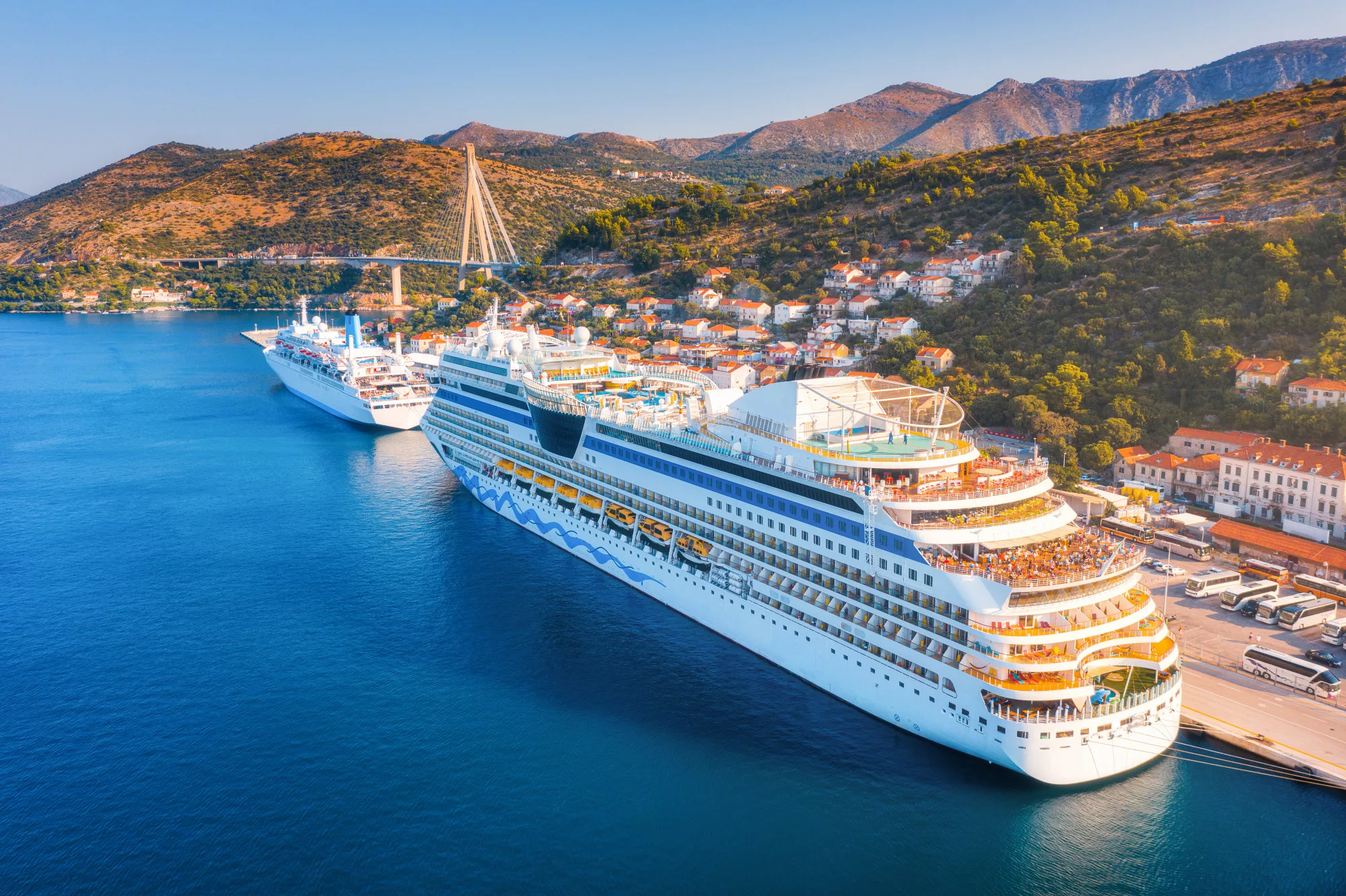
A European cruise is a dreamy voyage through picturesque landscapes, rich history, and diverse cultures. From the sun-soaked Mediterranean shores to the enchanting fjords of Scandinavia, a European cruise offers a unique blend of relaxation and exploration. However, the process of booking such a cruise can be a complex sea to navigate. In this comprehensive guide, we’ll delve into everything you need to know about booking a European cruise, from choosing the right itinerary to understanding cruise terminology and securing the best deals.
Decide on Your Cruise Itinerary
Europe offers a myriad of cruise itineraries, each with its own allure. Consider the destinations that pique your interest the most. Do you long to explore the historic cities of the Mediterranean, or does the idea of cruising through the majestic fjords of Norway capture your imagination? European cruises can take you to the Baltic Sea, the British Isles, the Greek Islands, and more. Research various itineraries and select the one that aligns with your travel preferences.
Choose the Right Cruise Line
Different cruise lines cater to various demographics and interests. Some emphasize luxury and personalized service, while others focus on family-friendly experiences or adventure activities. Research cruise lines such as Viking Ocean Cruises, Royal Caribbean, MSC Cruises, and others to find one that matches your preferences. Consider the atmosphere, onboard amenities, and entertainment options provided by each cruise line.
Understand Stateroom Categories
Cruise ships offer a range of stateroom categories, each with its own set of features and price points. Interior cabins provide cost-effective options, while ocean-view cabins offer a window or porthole. Balcony cabins provide private outdoor space, and suites often come with additional perks like priority embarkation and dedicated concierge services. Consider your budget and preferences when choosing a stateroom category.
Timing Is Everything
The timing of your European cruise can significantly impact both the experience and the cost. High season, typically during the summer months, offers warm weather and longer days but comes with higher prices and more crowded ports. Shoulder seasons, in spring and fall, provide a good balance of pleasant weather and reduced crowds. Winter cruises offer a unique experience, but some ports may be less vibrant.
Understand Cruise Jargon
Familiarizing yourself with cruise terminology can help you navigate the booking process more confidently. Here are a few essential terms:
- Itinerary: The schedule of ports and activities during the cruise.
- Port of Call: The destinations where the ship stops.
- Embarkation/Disembarkation: Boarding and leaving the ship.
- Shore Excursions: Organized tours or activities at ports.
- Cabin Steward: The person responsible for maintaining your stateroom.
- Muster Drill: Safety drill conducted at the beginning of the cruise.
- Open Seating: Dining option without assigned tables or times.
- Tender: A smaller boat used to transport passengers from the ship to shore when the ship cannot dock directly.
Research Shore Excursions
Shore excursions are a vital aspect of your European cruise experience. Research and book excursions that align with your interests. Whether it’s exploring historical landmarks, indulging in local cuisine, or partaking in adventurous activities, shore excursions offer a chance to immerse yourself in the culture and attractions of each port.
Consider Pre- and Post-Cruise Stays
Arriving a day or two before your cruise departs allows you to explore the departure city and ensures you won’t miss the ship due to unforeseen travel delays. Similarly, consider extending your stay after the cruise to continue your exploration of the final port. Cruise lines often offer pre- and post-cruise packages that include accommodations, transfers, and sometimes guided tours.
Look for Cruise Deals and Promotions
Cruise lines regularly offer promotions and deals, especially during “wave season” (a peak booking period usually from January to March). Keep an eye out for promotions like onboard credits, discounted fares, or free amenities. Booking well in advance or taking advantage of last-minute deals can also result in significant savings.
Check Visa and Passport Requirements
Before booking a European cruise, review the visa and passport requirements for the countries you’ll be visiting. Ensure your passport is valid for at least six months beyond your planned return date. Some ports may require specific visas, so it’s essential to be aware of and fulfill these requirements well in advance.
Consider Travel Insurance
While travel insurance is often optional, it’s a wise investment for a European cruise. Travel insurance can provide coverage for trip cancellations, medical emergencies, and unexpected incidents. Review the policy details carefully, and consider purchasing insurance that includes coverage for cruises and any activities you plan to engage in during your trip.
Booking a European cruise involves a blend of careful planning, thoughtful consideration of preferences, and an understanding of cruise logistics. By taking the time to research cruise lines, itineraries, and the myriad of options available, you can ensure that your European cruise is not just a vacation but a seamless and memorable journey through the captivating landscapes and cultures of this diverse continent. So, set sail with confidence, and let the enchanting waters of Europe unfold before you on a cruise tailored to your dreams and desires.

